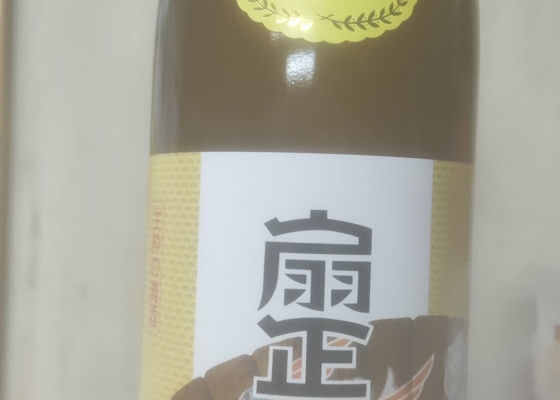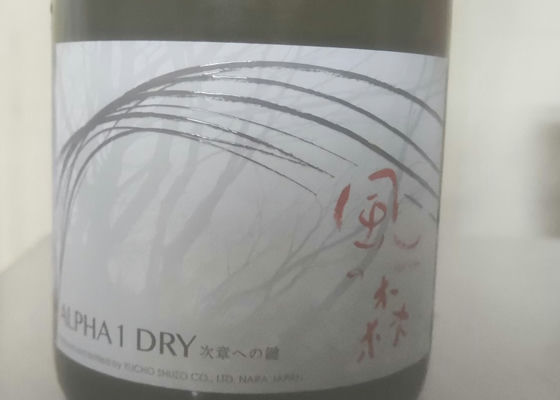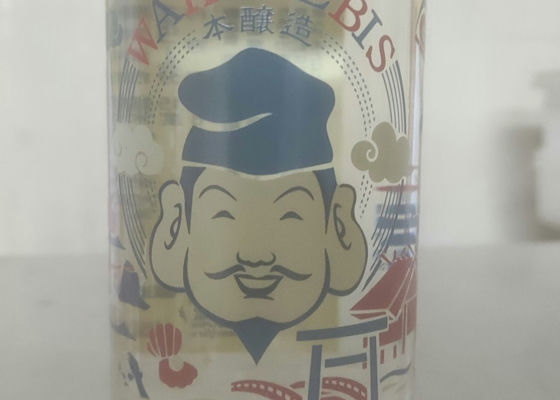
一本義 仙介🇺🇦
It is a sake from Akashi City, Hyogo Prefecture.
It is only available directly in the city, and there are only a limited number of stores where you can drink it.
I found it at a store selling Hyogo products in Kobe Hankyu in Sannomiya and bought it.
How does it taste?
It does not have the harshness of the original sake.
It has a chocolate-like aroma.
It has a rich sweetness, with spiciness and astringency chasing after it. The chocolatey and caramel-like aroma that passes through the nose is delightful. If you let it air a little, it becomes more brightly sweet and fragrant.
It is simple, but quite flamboyant.
How about if you heat it up?
It tastes like chestnuts and is easy to drink!
The spiciness that comes out volatilely and the refreshing sweetness that comes in quickly.
It has a rich and expressive taste. It is really good. The aftertaste is also refreshing and sharp with a nice sweetness.
I think it is especially good when heated.
I have now completed a round of the 70-odd breweries in Hyogo Prefecture (and have 300 reports to my name)!
It took me two years to complete this feat.
It was a long but enjoyable journey.
I will continue to enjoy Hyogo sake (and Fukui sake as well) slowly and carefully, and hope to one day become an evangelist for good Hyogo sake...
Japanese>English





















